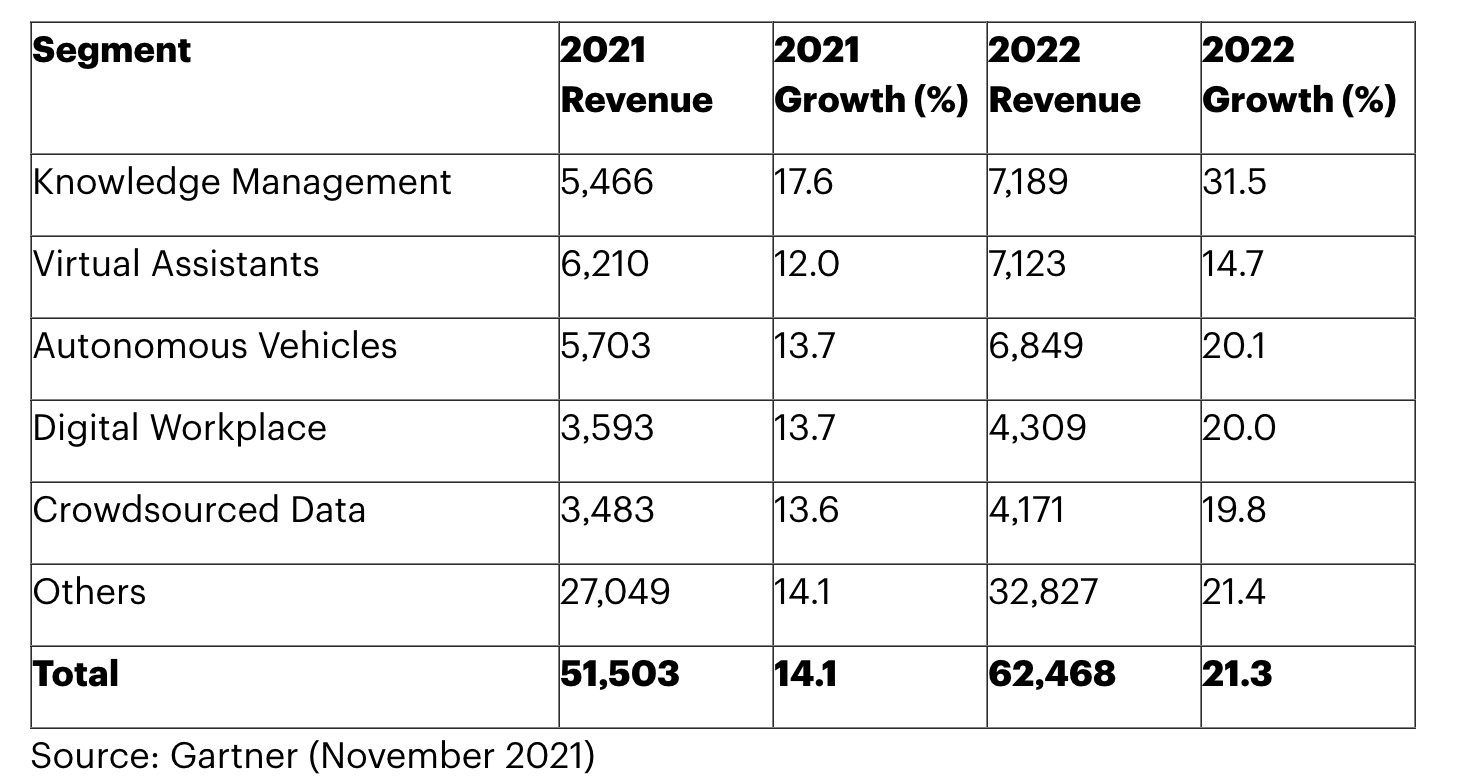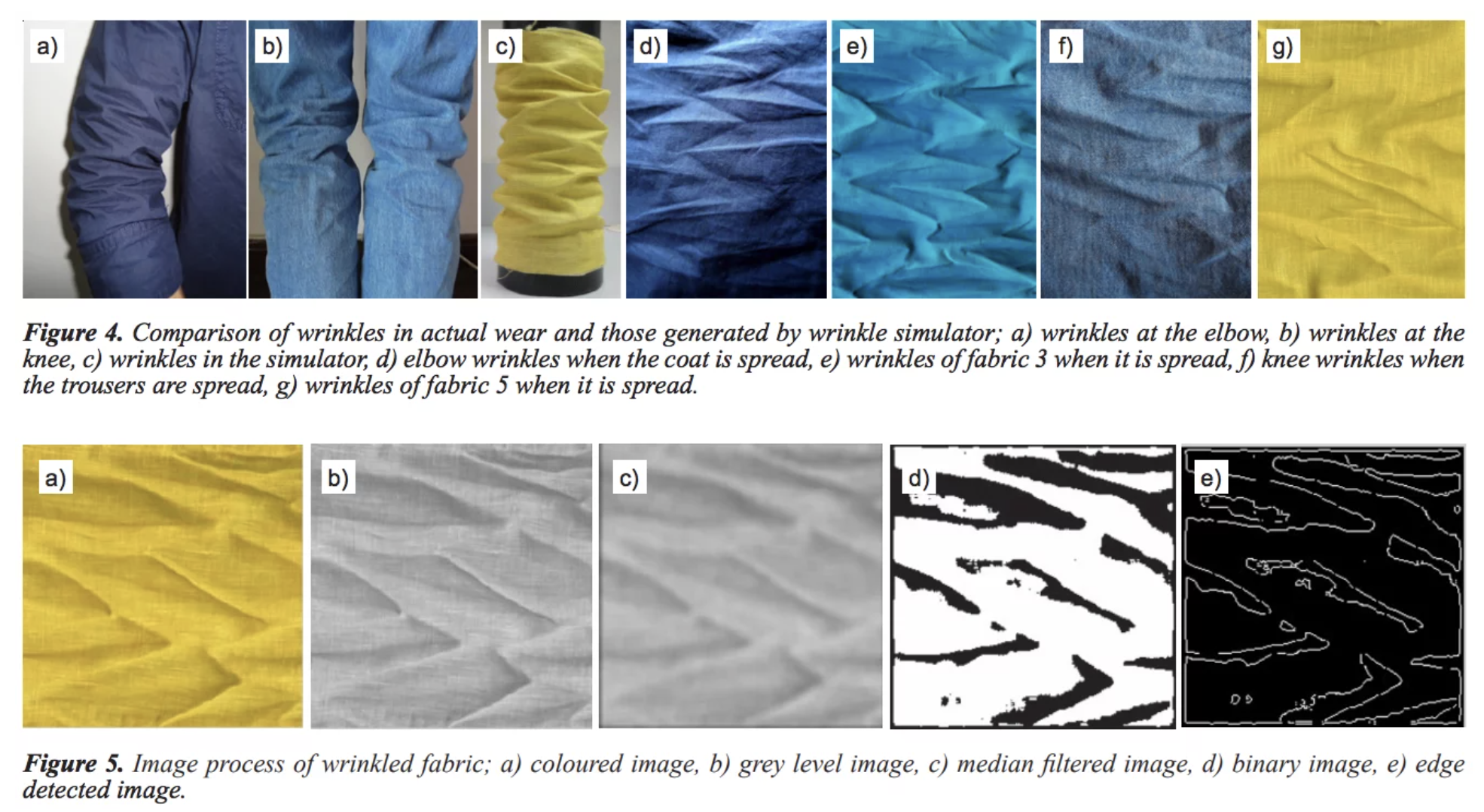By: Yimiao Wu
The emergence of Artificial Intelligence (AI) has significantly impacted various facets of our world, including the field of art. This influence is particularly notable in the realm of traditional art, an area rich in history and tradition. The integration of AI technologies with traditional artistic practices presents a unique opportunity for groundbreaking innovation.
This article is dedicated to demonstrating how AI is revitalizing traditional art. The focus of this article will be on the textile industry, a key segment of traditional art, where I will explore the current trends and practical applications of AI. This examination will provide insights into how AI is reshaping this longstanding field amidst the rapidly evolving technological landscape.
AI Overview
Artificial Intelligence (AI) has evolved from a concept in science fiction to an essential component of everyday life. With the AI software market expected to surpass well over $200 billion, its extensive impact is unmistakable. This article will delve into the deep relationship between AI and the textile industry, highlighting how AI is transforming this age-old craft in line with the sector’s rapid growth.
Image: AI Software Market Forecast by Use Case, 2021-2022, Worldwide
Image Source: Gartner
The textile industry, a vital player in the global economy, was valued at $1.5 trillion in 2020. A study by M Shahbandeh, published in Statista, predicts this industry will grow to approximately $2.25 trillion by 2025. This growth is driven by increasing demand for apparel and clothing, especially in emerging economies like China, India, Mexico, and Bangladesh. The textile sector, amid its swift rise, is keenly adopting cutting-edge technologies, with AI at the forefront, to enhance efficiency and adapt to changing consumer preferences.
AI’s integration with the textile industry signifies a major transformation, moving from labor-intensive methods to automation and data-driven decision-making. AI has become a integral part of every aspect of textile manufacturing, from production to quality control, contributing significantly to improved efficiency, cost reduction, and enhanced product quality.
Rejuvenating Traditional Art with AI:
How Artificial Intelligence Impacts Textile Technology
Quality Control
Artificial Intelligence (AI) profoundly influences the textile industry through advanced tools and technologies, significantly impacting quality control.
AI-powered sample-making technology, such as that developed by Cognex Corp, revolutionizes fabric cutting and minimizes waste in textile production. This technology optimizes fabric layouts and dynamically adapts patterns to accommodate stretching during cutting processes, leading to more efficient production.
Cognex Corp, established in Boston in 1981, has developed the Cognex ViDi platform, tailored for fabric pattern recognition in the textile industry. This technology revolutionizes fabric cutting and waste minimization by optimizing fabric layouts and dynamically adapting patterns during cutting processes.
AI also plays a crucial role in color matching, a critical aspect of textile production. Companies like Datacolor in Switzerland utilize AI to fine-tune color tolerances, drawing insights from historical data and human visual inspections. This approach bridges the gap between instrumental measurements and visual standards, enhancing color consistency in textiles.
Datacolor, founded in Lucerne, Switzerland in 1970, utilizes AI for fabric color matching. The company, with its focus on color management instruments and software, demonstrates how AI can enhance color consistency in textiles by fine-tuning color tolerances based on historical data and human visual inspections.
Image: How AI can enhance color consistency in textiles by fine-tuning color tolerances based on historical data and human visual inspections.
Image Source: Datacolor PDF
Management and Merchandising
AI extends its influence to supply chain management, automating tasks like transportation and packaging. Technologies like Robotic Process Automation (RPA), machine learning, and the Internet of Things (IoT) play vital roles in optimizing yarn production processes.
Innovation in Design
AI has brought about innovations in the textile sector through intelligent design and simulation tools like computer-aided design (CAD) systems. These systems produce highly precise digital patterns and 3D models, enabling designers to quickly validate and adjust their ideas. Additionally, by analyzing customer data and trends, textile companies can tailor their production to provide personalized products to customers.
Practical Applications of AI in the Textile Industry
Yarn Manufacturing
AI significantly streamlines yarn manufacturing, overseeing phases like the blow room, carding, drawing, and winding. AI-based control panels optimize production parameters with minimal human intervention, improving efficiency, reducing errors, and leading to more accurate yarn grading and enhanced textile quality.
Fabric Pattern Inspection
AI, particularly artificial neural network (ANN), significantly reduces human errors in fabric pattern inspection. Innovations like Cognex ViDi demonstrate AI’s ability to automatically analyze fabric patterning, speeding up production while maintaining exceptional accuracy.
Image: Yarn Dye Plaid and Dye Stripes
Image Source: vision-systems.com
Image: New Method of Fabric Wrinkle Measurement. Based on Image Processing.
Image Source: Fibtex report
Color Management
AI enhances color management in textiles, ensuring precise tolerances by leveraging historical data from human operators’ visual evaluations. This AI-driven approach saves time and enhances color consistency across products.
Fabric Grading
Machine learning techniques have made fabric grading more objective and consistent. Using data on fiber properties and artificial neural networks, these techniques enable accurate classification. Innovations like “WiseEye” monitor fabric quality efficiently, reducing the need for manual inspection.
Video: An Introduction Video to WiseEye
Video Source: Youtube, The Hong Kong Polytechnic University.
Pattern Making
AI streamlines pattern-making in the textile industry, enabling computerized pattern generation through Computer-Aided Design (CAD) systems. This simplifies the design process and improves precision.
Supply Chain Management and Merchandising
AI extends its influence to supply chain management, automating processes such as transportation and packaging. Robotic Process Automation (RPA), machine learning, and the Internet of Things (IoT) optimize warehouse management, product separation, and communication, ensuring a seamless flow of materials between merchants and manufacturers. AI also enhances merchandising by enabling data analysis, personalized customer experiences, behavior tracking, and trend prediction.
The Potential for Creative Revival in textiles:
Highlighting Notable Influences of AI-Infused Traditional Textile
The integration of AI into traditional textile art has already sparked a host of remarkable innovations. AI-driven tools are now capable of generating entirely new fashion designs by analyzing images and patterns. Leading companies like Amazon have developed AI programs that autonomously create fashion designs, significantly streamlining the design process and fostering innovation. Collaborations between AI and well-known fashion brands, such as the partnership with Tommy Hilfiger, have further advanced machine-assisted design.
In the fashion industry, AI has revolutionized trend-spotting. By analyzing vast datasets, understanding customer preferences, and tracking market trends, AI is able to accurately predict shifts in fashion. This groundbreaking technology enables fashion brands to stay ahead of the rapidly changing style landscape, enhancing their product offerings and customer engagement.
Smart clothing, embedded with AI and sensing technologies, now offers comprehensive physiological monitoring capabilities. These garments continuously monitor vital biometrics like heart rate, contributing to improved healthcare and early disease detection. AI-powered fabric-based sensors, especially those using Bluetooth Low Energy (BLE), are revolutionizing the wearable health technology field.
Future Prospects and Ethical Considerations in AI and Textiles
AI-Enhanced Artistic Collaboration
Within the dynamic realm of textile art, Artificial Intelligence (AI) has emerged as a valuable creative collaborator for artists. The integration between human artists and AI systems is deepening, leading to innovative methods of co-creation. This synergy is already giving rise to new forms of artistic expression, where human intuition and machine-generated innovation seamlessly merge.
Sustainability and Ethical Sourcing
In the intersection of AI and textiles, ethical concerns are increasingly focusing on environmental sustainability. AI is optimizing processes and reducing waste in textile production, but the responsible sourcing of materials remains imperative. Questions about environmentally-friendly AI practices, such as energy-efficient AI models, are becoming prominent in ethical discussions.
Intellectual Property, Cultural Sensitivity, and Accountability
Debates about intellectual property rights related to AI-generated artwork are intensifying. Establishing clear legal frameworks and ethical guidelines to address ownership issues and protect artists’ rights is becoming essential. Additionally, the ethical landscape is navigating the balance between appreciation and appropriation in textile designs, underscoring the need for respect for cultural contexts and the importance of obtaining permission or collaborating with communities. Transparency and accountability in the use of AI algorithms for textile art creation are becoming fundamental aspects of ethical practice.
Conclusion
Artificial Intelligence (AI) is guiding the textile industry into a new era characterized by heightened creativity and efficiency. Its impact is already evident, ranging from optimizing fabric layouts to refining color matching and streamlining quality control processes. As AI technologies evolve, manufacturers are increasingly leveraging data for real-time decision-making and creating digital replicas of their supply chains. This approach reduces waste, lowers costs, and contributes positively to both the economy and the environment.
The infusion of AI into the textile industry has breathed fresh life into this traditional craft, marking an era of transformative innovation and enhanced efficiency. Driven by global demand, the exponential growth of the textile sector necessitates the adoption of AI technologies to stay competitive. AI is reshaping various aspects of textile production, including yarn manufacturing, fabric pattern inspection, color management, fabric grading, pattern making, supply chain management, and merchandising.
Moreover, AI’s integration into traditional textile art is opening up exciting possibilities. AI-driven tools are now generating novel fashion designs, predicting fashion trends, and enabling smart clothing with health-monitoring capabilities. Collaborations between human artists and AI systems are redefining artistic expression within the textile domain.
As AI becomes more intertwined with textiles, addressing ethical considerations is crucial. Sustainability and responsible sourcing of materials are key concerns, as AI optimizes processes while maintaining an environmentally friendly approach. Intellectual property rights, cultural respect, and accountability are pivotal issues, necessitating the establishment of legal frameworks, ethical guidelines, and transparent practices to safeguard artists’ rights and honor cultural contexts.
In summary, AI’s impact on the textile industry is driving innovation, efficiency, and creative possibilities, while also prompting important ethical discussions. As technology advances, the textile industry is positioned at the crossroads of tradition and innovation, ready to embrace the future with AI as a vital partner.
-
Hossain, J. (2023, January 30). AI Transforming the Textile Industry: How Companies are Staying Ahead in the Digital Revolution. Retrieved from https://www.linkedin.com/pulse/ai-transforming-textile-industry-how-companies-staying-hossain/
Pelc, C. (2022, February 21). The Impact of AI on the Textile Industry. AATCC Newsletter. https://www.aatcc.org/news2022-03a/
Bharadwaj, R. (2019, November 21). Artificial Intelligence in the Textile Industry – Current and Future Applications. Retrieved from https://emerj.com/ai-sector-overviews/artificial-intelligence-in-the-textile-industry-current-and-future-applications/
Sahu, M. (2021, September 5). AI in The Textile Industry – Applications and Impact. Retrieved from https://www.analyticssteps.com/blogs/ai-textile-industry-applications-and-impact
How Artificial Intelligence Is Transforming the Textile Industry. (2023, May 31). Textiles Inside. Retrieved from https://textilesinside.com/markets/e-textile-smart-textile/how-artificial-intelligence-is-transforming-the-textile-industry/
Puri Sikka, M., Sarkar, A., & Garg, S. (2022, April 12). Artificial intelligence (AI) in textile industry operational modernization. Research Journal of Textile and Apparel, ISSN: 1560-6074.
Zewe, A. (2022, July 7). Smart textiles sense how their users are moving. MIT News. Retrieved from https://news.mit.edu/2022/smart-textiles-sense-movement-0707
WFX – World Fashion Exchange. (2023, February 28). 8 Top Applications of Artificial Intelligence (AI) in the Textile Industry. Retrieved from https://www.linkedin.com/pulse/8-top-applications-artificial-intelligence-textile/





